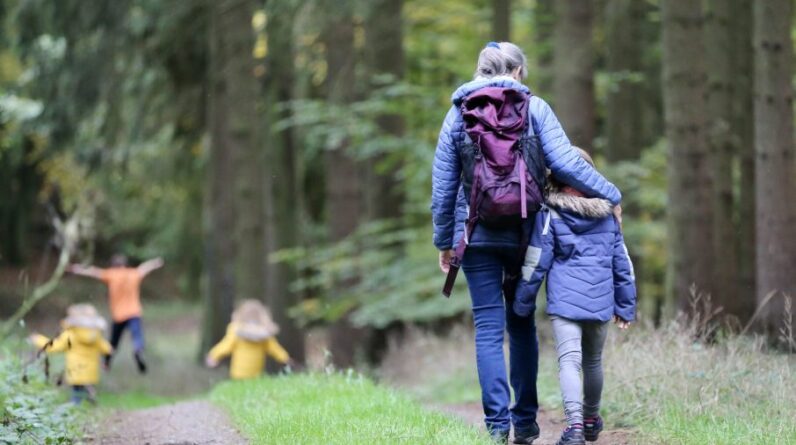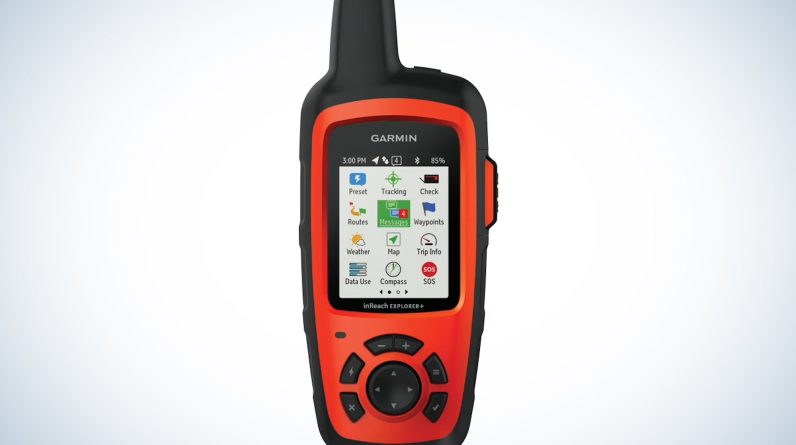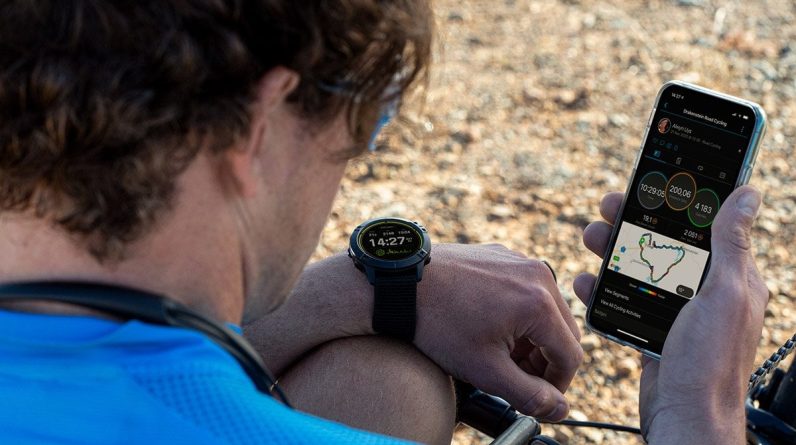
You’ve just finished enjoying a delicious meal cooked over a crackling campfire, and now it’s time to put out the flames. But what’s the most effective and safest way to do it? In this article, we’ll explore the best methods for extinguishing a campfire after cooking, providing you with valuable tips to ensure your campfire is properly and completely extinguished. So, grab your marshmallow roasting stick and read on to learn how to safely and efficiently put out a campfire.
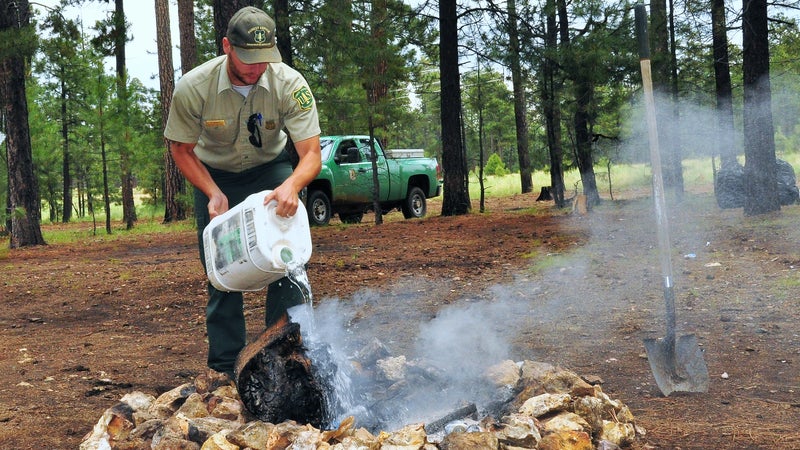
This image is property of cdn.outsideonline.com.
Choosing the Right Location for Your Campfire
When it comes to building a campfire, choosing the right location is crucial for safety and minimizing environmental impact. Selecting a safe spot is the first step in creating an enjoyable campfire experience. Look for a level, open area away from overhanging branches, low-lying vegetation, and any flammable materials. This will help prevent the fire from spreading uncontrollably.
Selecting a Safe Spot
Finding a safe spot means considering the surroundings. Ensure there are no dry leaves, grass, or other flammable materials near the site. Avoid areas with strong winds that can easily blow embers around and create a fire hazard. It’s also important to keep a safe distance from tents, vehicles, and other structures to prevent accidental fires.
Clearing the Area
Before starting the campfire, clear the area surrounding the fire pit. Remove any debris, such as fallen branches or dry leaves, that could easily catch fire. Ensure there are no flammable materials within a reasonable distance of the campfire. This step helps minimize the risk of accidental fires and ensures that the flames are properly contained.
Consider the Wind Direction
Taking into account the wind direction is crucial for both safety and comfort. Start by observing the movement of the wind and position yourself upwind of the fire. This way, the smoke will blow away from you and your camping area. Additionally, be mindful of any nearby vegetation or structures that could potentially catch fire if the wind suddenly changes direction.
Preparing the Campfire for Extinguishing
Before you pack up and leave, it’s essential to properly prepare the campfire for extinguishing. By following these steps, you can ensure that the fire is safely and efficiently put out.
Allow Sufficient Time
Don’t rush the process of extinguishing your campfire. Allow sufficient time for the fire to cool down before attempting to put it out. Ideally, you should wait until the flames have died down and there are only glowing embers left. This patience will ensure a safer and more effective extinguishing process.
Reduce the Flames
Before completely extinguishing the fire, it’s helpful to reduce the flames. Use a long stick or a fire poker to push the burning logs closer together. This will help consolidate the fire and make it easier to control during the extinguishing process. By minimizing the flames, you can better ensure that no sparks or embers escape.
Spread Out the Coals
After reducing the flames, it’s important to spread out the coals evenly within the fire pit. This allows the coals to cool down more rapidly and ensures the fire is thoroughly extinguished. Use a shovel or a long stick to spread the hot coals across the fire pit, breaking up any large clumps. By spreading out the coals, you create a larger surface area for cooling, speeding up the extinguishing process.
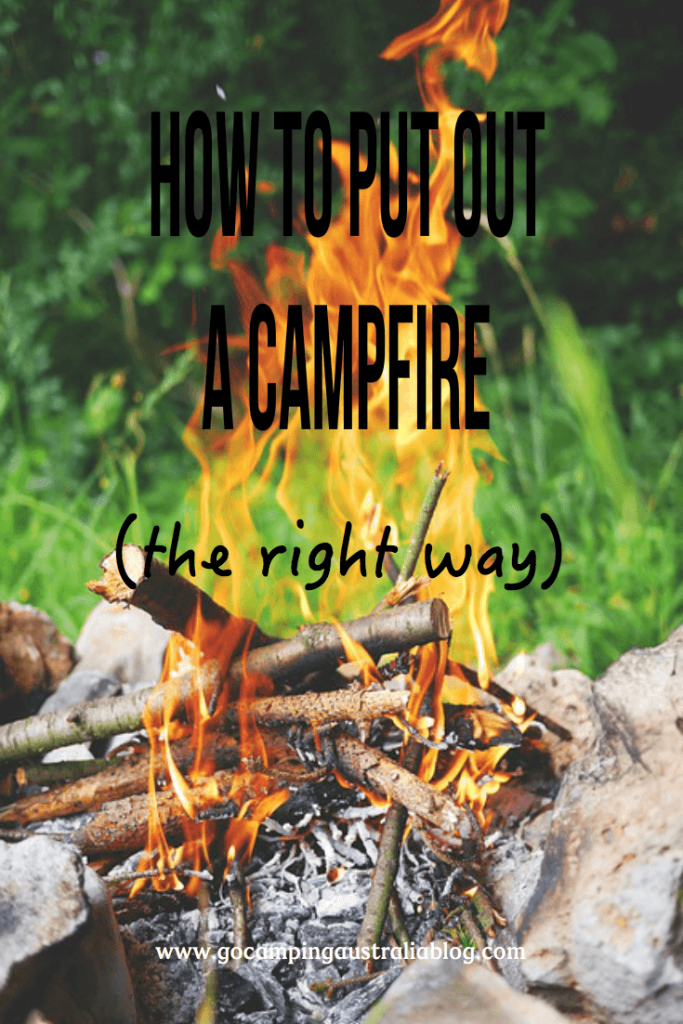
This image is property of 3.bp.blogspot.com.
Water Method
The water method is one of the most effective ways to extinguish a campfire. By following these steps, you can ensure that the fire is completely put out and the area is safe for leaving.
Pouring Water over the Fire
Start by pouring water over the fire, focusing on the base of the flames. Use a bucket or a water container to evenly distribute the water over the fire and its surroundings. Continue pouring until you no longer see any smoke or steam rising from the fire pit. Be generous with the water to extinguish all remaining embers.
Stirring the Ashes
Once the fire is doused with water, use a long stick or a shovel to stir the ashes thoroughly. This helps ensure that all areas of the fire pit are properly extinguished. Pay attention to any hidden embers beneath the surface and break up any remaining burning materials. Stirring the ashes will expose any hot spots that need further attention.
Repeat as Necessary
After stirring the ashes, assess whether any smoldering remains. If you notice any signs of heat or smoke, repeat the water-pouring process. It’s crucial to repeat this step until the fire pit is completely cool to the touch. Be thorough in your inspection, as even a small ember can reignite and start a fire later on.
Dirt Method
The dirt method is an alternative to using water, especially in areas where water sources are scarce. By following these steps, you can safely extinguish your campfire using readily available dirt or sand.
Dispersing Dirt on the Flames
Once you have reduced the flames and spread out the coals, start by dispersing dirt or sand on the flames. Use a shovel or your footwear to sprinkle the dirt evenly across the burning materials. Focus on covering all the visible flames to smother them effectively.
Mixing the Dirt and Ashes
After dispersing the dirt, use a long stick or a shovel to mix it with the ashes thoroughly. This helps suffocate the remaining embers by removing their access to oxygen. Pay attention to any areas that may still be smoldering, and make sure to break up any clumps of burning materials.
Double-Check for Hot Spots
After mixing the dirt and ashes, double-check the fire pit for any hot spots. Run your hand carefully over the surface, feeling for any heat. If you encounter warmth or notice any smoke, add more dirt as needed to extinguish these remaining hot spots. It’s important to be thorough to prevent any potential fire hazards.

This image is property of www.firewood-for-life.com.
Sand Method
The sand method is another effective way to extinguish a campfire, especially in areas with limited water resources. Here’s how you can safely use sand to smother the fire and prevent any reignition.
Covering the Fire with Sand
Once you have reduced the flames and spread out the coals, carefully cover the entire fire with a thick layer of sand. Ensure that no flames or embers are visible under the sand layer. The sand acts as an insulator, depriving the fire of oxygen and helping to rapidly cool down the remaining burning materials.
Mixing Sand and Ashes
After covering the fire with sand, use a long stick or a shovel to mix the sand with the ashes thoroughly. This ensures that all the hot coals and embers are effectively smothered. By combining the sand and ashes, you create a barrier that prevents any remaining heat from reigniting the fire.
Assessing for Residual Heat
After mixing the sand and ashes, assess the fire pit for any residual heat. Gently touch the surface of the sand, checking for any warmth or signs of smoldering. If you detect heat or smoke, add more sand to the area to further cool down the fire pit. Repeat this process until the entire area is cool to the touch.
Smothering Method
The smothering method is useful when dealing with small fires or individual embers that need to be extinguished. By using a fire blanket or a bucket full of dirt, you can effectively smother the flames and prevent any potential fire hazards.
Using a Fire Blanket
If you have a fire blanket available, carefully place it over the flames to smother the fire. Ensure that the fire blanket fully covers the burning materials. Leave the blanket in place until all signs of heat, smoke, and flames have dissipated. Fire blankets are especially useful for quickly and safely extinguishing smaller fires.
Deploying a Bucket Full of Dirt
In the absence of a fire blanket, you can utilize a bucket or a container filled with dirt. Lift the bucket and gently pour the dirt over the flames, covering the entire fire pit. The dirt acts as a barrier, smothering the fire and eliminating its access to oxygen. Continue pouring dirt until all signs of burning have ceased.
Check for Any Remaining Embers
After using the smothering method, it is essential to check for any remaining embers or smoldering materials. Use a shovel or a long stick to carefully inspect the fire pit, looking for any hidden heat sources. If you observe any hot spots, promptly cover them with additional dirt or use the water method to ensure complete extinguishment.

This image is property of firesafety.tips.
Using a Fire Extinguisher
Fire extinguishers are valuable tools for quickly and effectively extinguishing campfires, particularly in emergency situations. By following these steps, you can successfully use a fire extinguisher to put out a campfire.
Select the Right Fire Extinguisher
Campfires can be classified as Class A fires, which involve ordinary combustible materials such as wood and paper. When selecting a fire extinguisher, choose one labeled for Class A fires. Ensure that it is in working condition and has been recently inspected.
Aim at the Base of the Fire
When using the fire extinguisher, aim the nozzle at the base of the fire, not at the flames. The extinguishing agent needs to penetrate the burning materials directly to effectively extinguish the fire. Sweeping the extinguisher from side to side, apply a steady stream until the flames are completely extinguished.
Continue Inspection and Cooling
After utilizing the fire extinguisher, continue to inspect the fire pit for any remaining hot spots or signs of smoldering. Use a shovel or a stick to gently stir the ashes and ensure there are no hidden embers. If necessary, utilize additional methods, such as the water or dirt method, to cool down the fire pit completely.
Fire Beating Method
The fire beating method is a traditional approach to extinguishing a campfire. By following these steps, you can safely beat out the flames and ensure the fire is thoroughly extinguished.
Beating the Fire with a Stick
Start by breaking a long stick and using it as a beating tool. Gently beat the flames and burning materials, allowing the stick to smother the fire. Focus on covering the entire fire pit area and pay attention to any remaining hot spots. The beating action extinguishes the flames by removing their oxygen supply.
Ensure Safety with Gloves
To protect your hands from burns or other injuries, it’s important to wear gloves when using the fire beating method. Leather gloves are ideal for this purpose, as they provide heat resistance and dexterity. The gloves will protect your hands from any residual heat or potential hazards during the beating process.
Monitor for Any Reignition
After beating the fire, stay vigilant and monitor the fire pit for any signs of reignition. Double-check the entire area for hidden embers or smoldering materials. If you notice any areas that are still burning, utilize additional methods, such as the water or dirt method, to fully extinguish the fire. It’s crucial to ensure the fire is completely out before leaving the campsite.

This image is property of cdn.outsideonline.com.
Burying Method
The burying method involves completely covering the fire with dirt, ensuring that the fire and its remnants are safely contained.
Moving Coals to the Center
Before burying the fire, use a stick or a shovel to gather the hot coals and burning materials towards the center of the fire pit. By consolidating the coals, you create a more manageable area for burial and minimize the risk of any remaining embers escaping.
Covering the Coals with Dirt
Once the coals are centralized, carefully cover them with a thick layer of dirt. Make sure that no hot coals or embers are visible under the soil. The goal is to completely smother the fire and prevent any oxygen from reaching the remaining burning materials.
Revisit to Confirm Complete Extinguishment
After covering the fire with dirt, it’s essential to revisit the campfire site later to confirm complete extinguishment. Wait for several hours or overnight, allowing sufficient time for the fire to cool down. Upon returning, check the fire pit for any warmth or signs of smoldering. If all is cool, you can consider the fire safely extinguished.
Monitoring the Extinguished Fire
Even after properly extinguishing a campfire, it’s essential to monitor the site and surroundings to ensure that no risks remain. By following these steps, you can minimize the likelihood of accidental fires and contribute to the conservation of natural areas.
Touch the Fire Pit Surface
Before leaving the campsite, gently touch the surface of the fire pit to ensure it is cool. Run your hand over the dirt or sand, feeling for any warmth or heat. If you encounter any hot areas, take immediate action to extinguish them using additional dirt, water, or other appropriate methods.
Inspect Surrounding Area
In addition to checking the fire pit itself, inspect the surrounding area for any signs of smoke, heat, or smoldering. Pay close attention to any nearby vegetation or structures that could potentially catch fire. If you detect any unusual or hazardous conditions, take the necessary steps to mitigate the risk, such as alerting park rangers or authorities.
Properly Dispose of Ashes
Once you are confident that the fire is completely extinguished, it’s important to properly dispose of the ashes. Allow the ashes to cool down completely before handling them. Once cooled, carefully bag the ashes and dispose of them in designated receptacles or follow local regulations for ash disposal. Avoid scattering or dumping the ashes in natural areas, as they can still contain smoldering materials.
By following these comprehensive methods for extinguishing a campfire, you can prioritize safety, protect the environment, and ensure a memorable camping experience for everyone involved. Remember, responsible fire management is crucial for preserving natural areas, so always take the necessary precautions and follow local regulations when enjoying the beauty of the outdoors.

